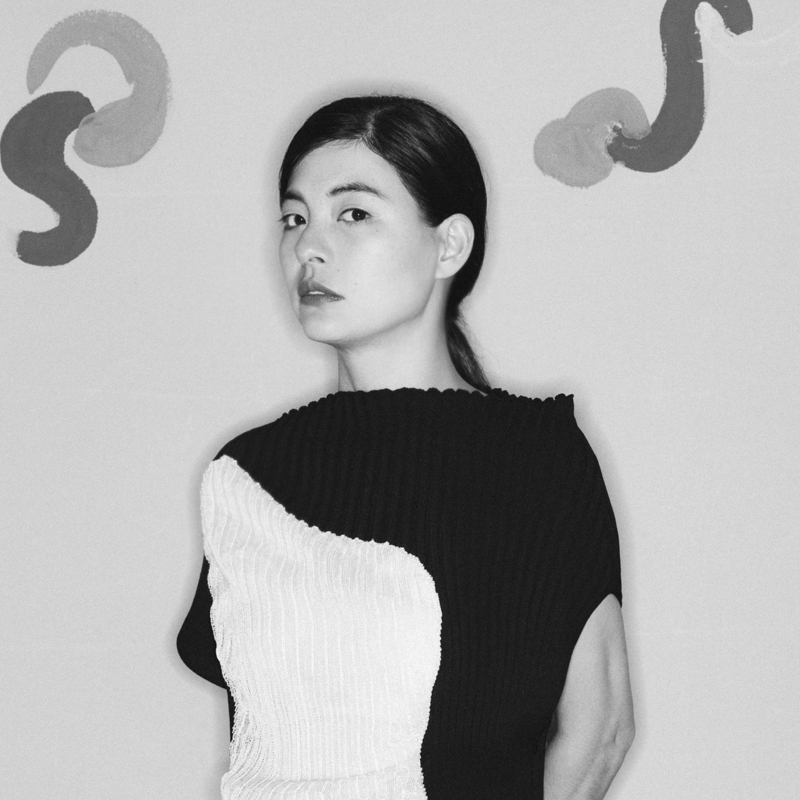
Kanoko Takaya (born in Kyoto, 1990) has an interest in Indonesian culture, especially since her mother often visited Bali. In 2014, her love for Indonesian culture developed until she finally decided to move and continue her studies at Indonesian Institute of the Arts (ISI), Surakarta after graduating from the visual design department at Kyoto Seika. While studying in Solo, she paid attention to Indonesian masks, which she thought were more expressive, detailed and evocative than Japanese masks. Until the end of 2019, she moved to Bali and worked as a Pithecanthropus artist under her own brand called Kanokon. So far, she has produced three series of works of art entitled Indonesian Series, Inner Series and Movement Series.
The Indonesian series depicts Kanoko's perspective as a foreigner living in Indonesia. Meanwhile, the Inner Series is an attempt to see her own self and the symbiotic relationship between humans and nature. The works in this series tend to be tactile and intuitive. This series later developed into the Movement Series. In the final series, she shifts her focus to the ideas of fluidity, movement, and balance. She also emphasizes material experimentation to find balance and harmony between two opposing qualities, namely spontaneity and control.
Kanoko's ideas and works have been displayed in her solo exhibitions entitled Te To Te, Kochi, Japan (2023), Kune Kune, Semarang Gallery (2023), Naluri Arus: Instinct of the Current, Artsphere Gallery (2021), and Lucky Indonesia, H2O gallery, Kyoto, Japan (2014). Meanwhile, several group exhibitions that she participated in are Printmaking collaboration with Devfto Printmaking Institute, Bali (2023), TITICARA, ISA Art Gallery, Jakarta (2022), Time Capsule, CANS Gallery, Jakarta (2021), and Pegang - Pegang, Titik Dua, Bali (2020).
Kanoko's work presents many gestures and sensations. Through curved lines and soft colors, she wants to invite the visitors to go beyond what the human sense of sight can understand. The visitors are invited to experience the tactile sensation that she felt during the creation process. Each person's interaction with this works will create memories with the works, one of which is acceptance and release. The sense of sincerity that is inherent in the body, like adapting to space, conditions, changes, dynamics and even mystery.
This works is a symbol of the artist's thoughts about human desires which always appear to be in accordance with the surrounding conditions. Efforts to be compliant are illustrated through the use of eco-materials in the form of coco fiber and installations made from textile waste.
The use of textile waste is also a reflection of human efforts to adapt and accept the truth that the Earth cannot satisfy all human greed. The lines and curves in this works reflect a flow that is in harmony with nature; by releasing every idea that exists in the human mind, each individual will find new opportunities. The curves in her works are a representation of humans' efforts to adapt and find meaning in themselves.
